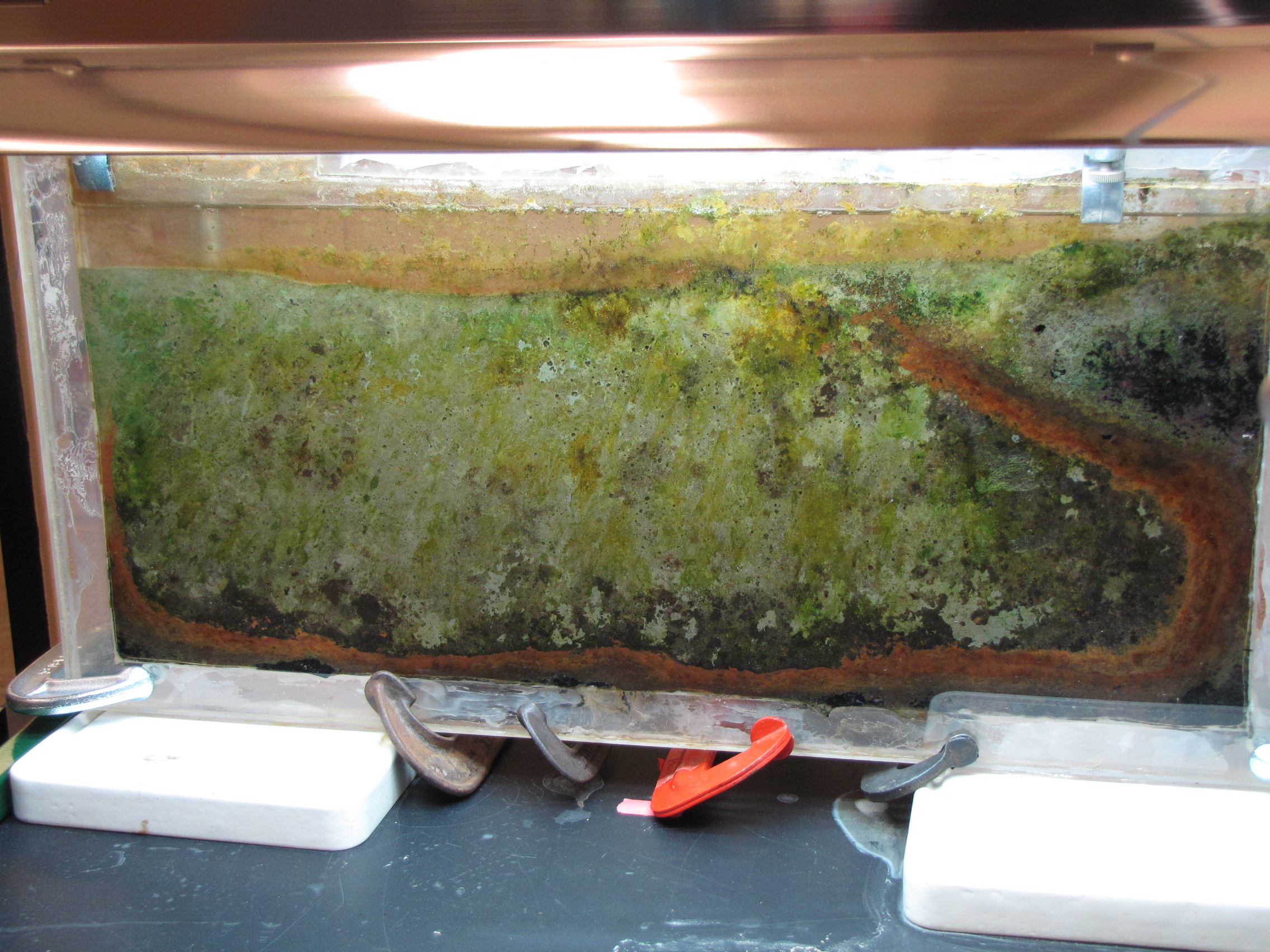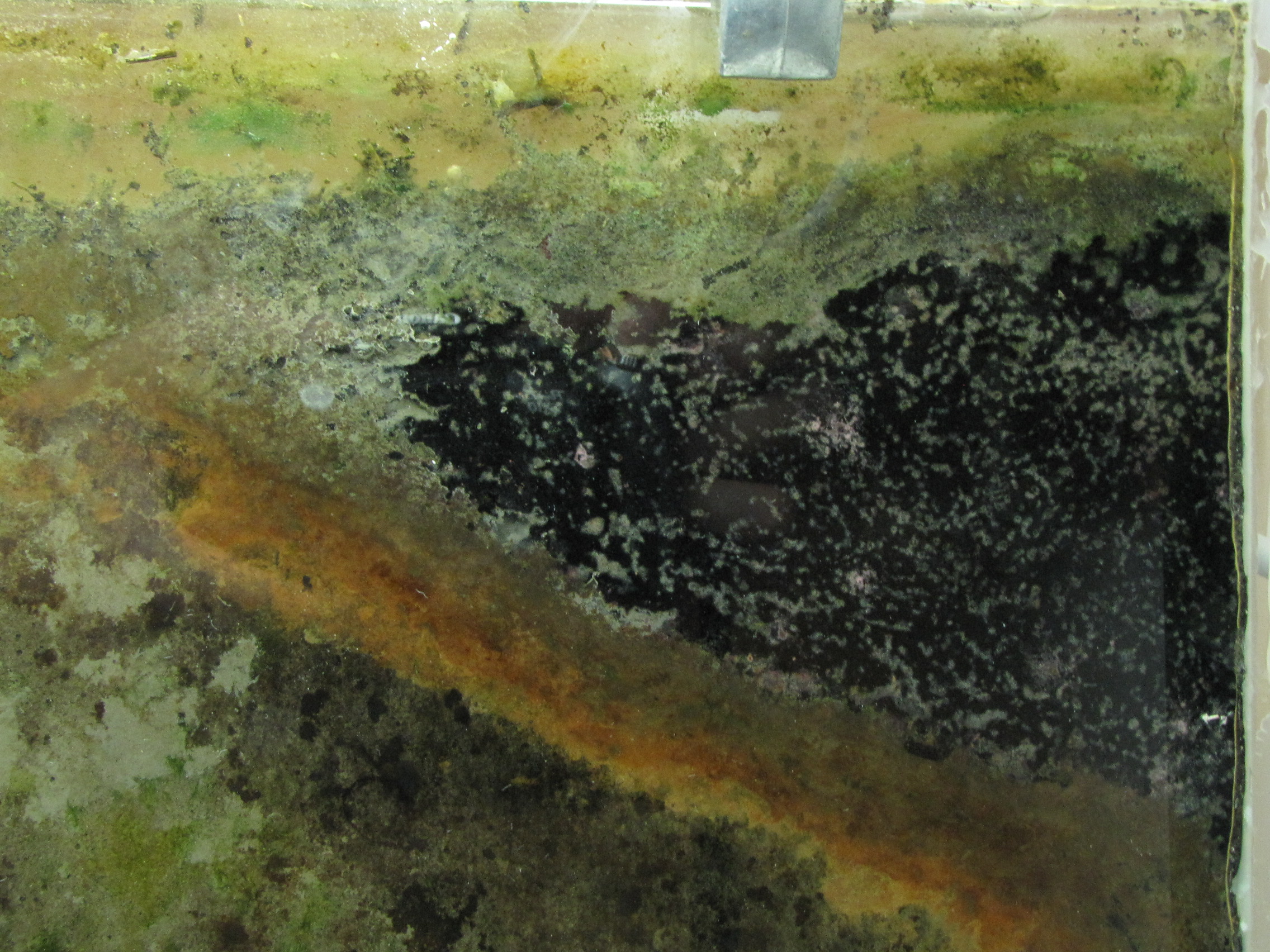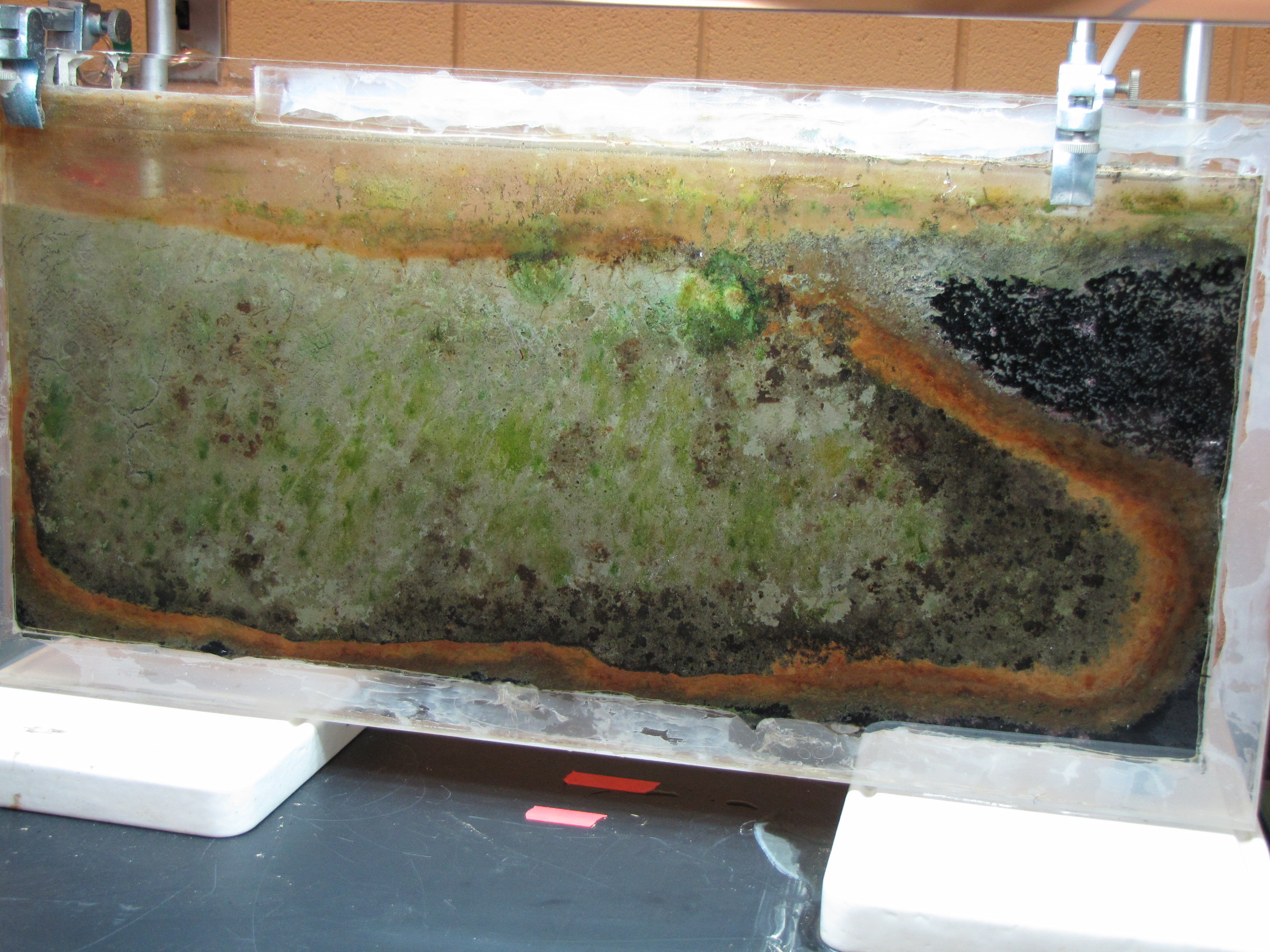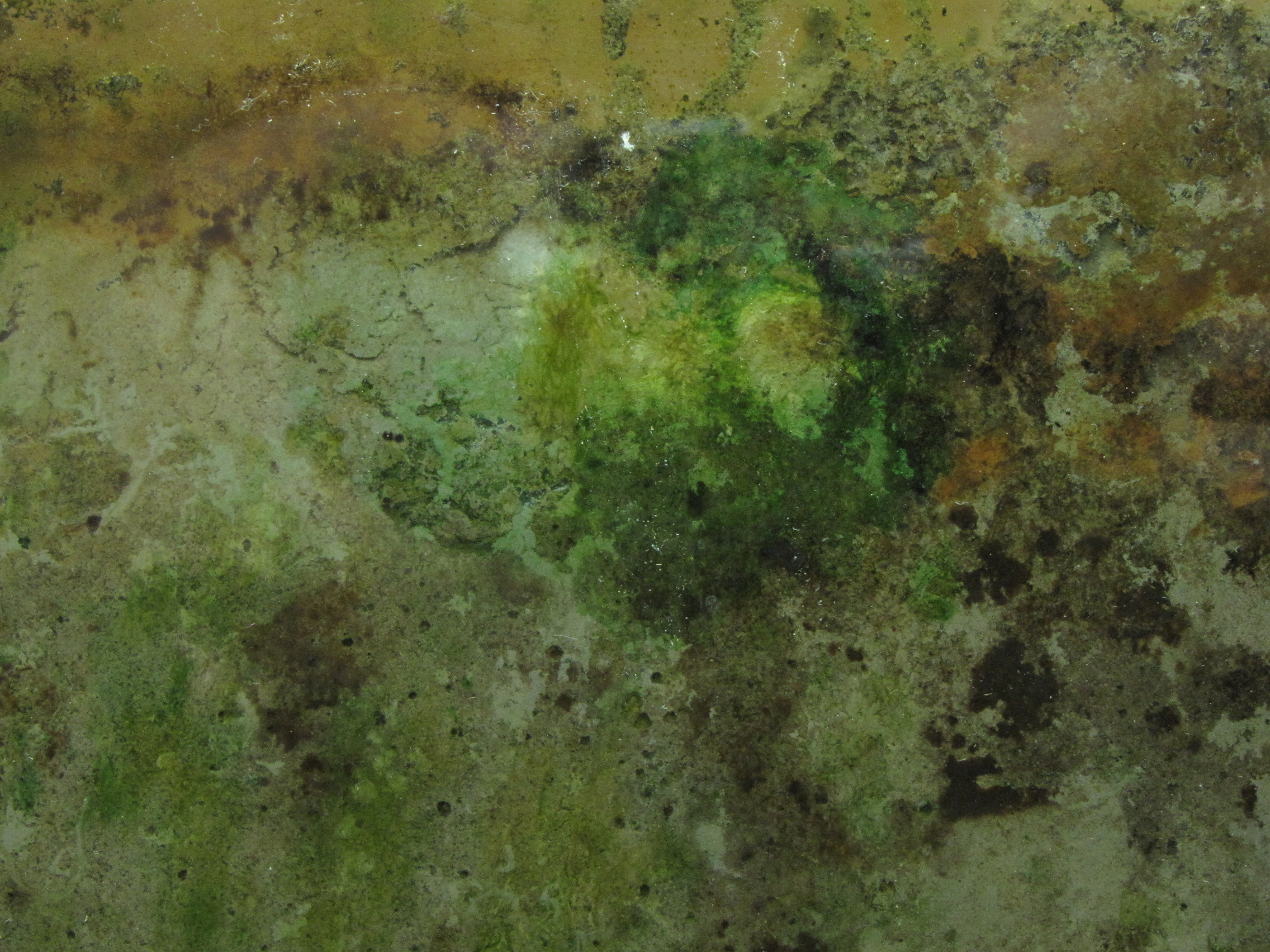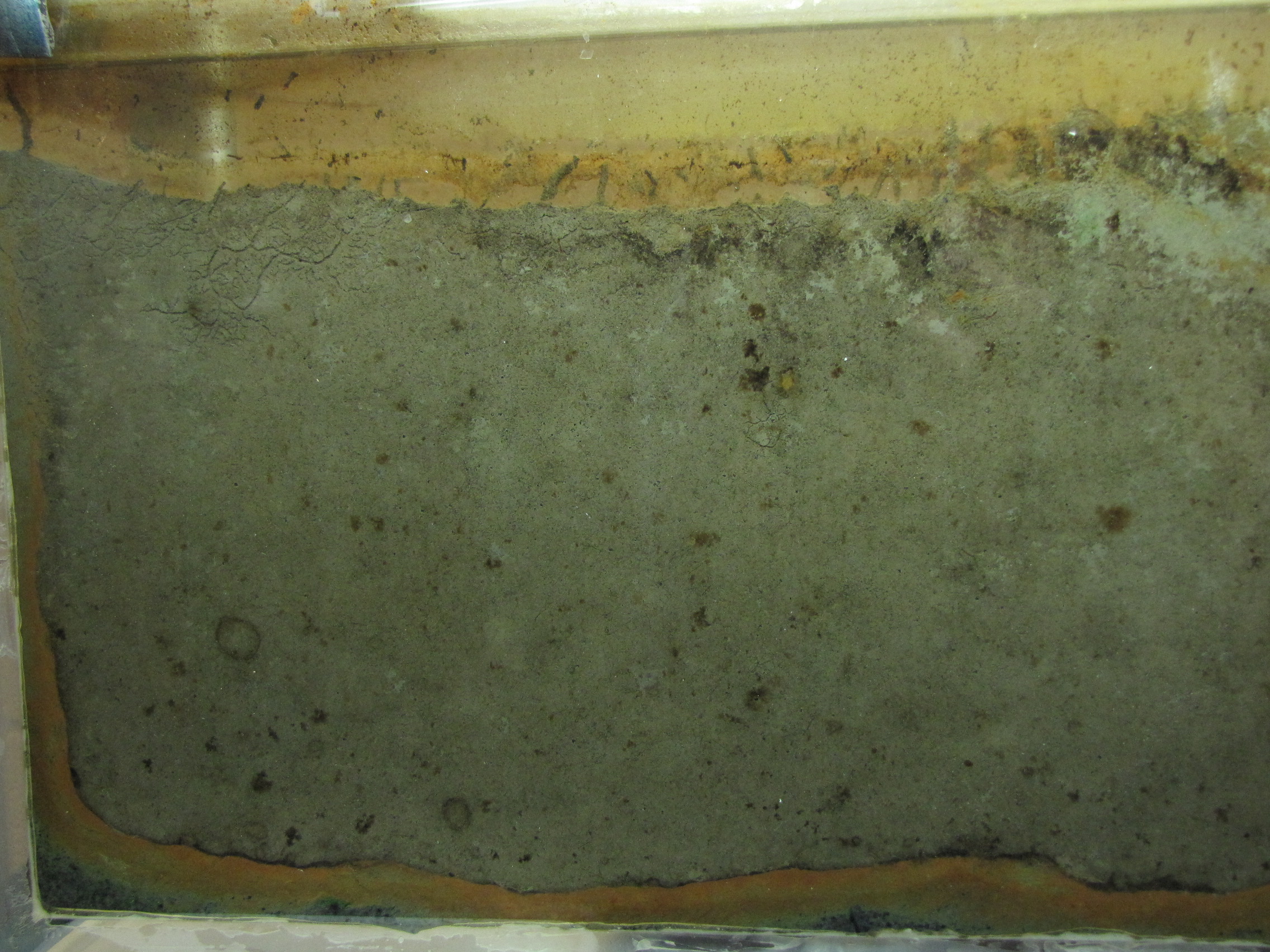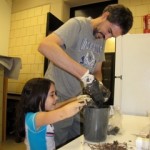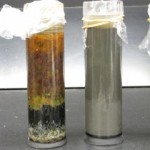A recent article in Vassar’s newspaper, The Miscellany News, discussed the Vassar Raw Milk Co-op, which brings unpasteurized milk to Vassar College (Co-op offers raw milk delivery service, Nov 10,2011). The article raises several important questions about raw milk, pasteurization, and sustainable agriculture, but some of the information presented is incorrect. Importantly, Vassar’s Raw Milk Co-op website, to which readers are directed, has a great deal of misleading, incorrect or unsubstantiated information.
In the production and packaging of milk, it can become contaminated at virtually any stage of the process. That contamination, when it is by organisms like E. coli or Listeria, is what causes milkborne illness. Pasteurization, a process of heating milk to reduce the levels of microorganisms present, will kill those contaminating bacteria if they are present. The risk in drinking raw milk is due to the fact that if it does become contaminated, you will be consuming those pathogens. In a farm environment, it is safe to assume that contamination will, at some point, happen. Pasteurization is one check that we have to protect us from that.
The majority of cases of milkborne illness result in diarrhea and/or vomiting. Occasionally the symptoms can be more severe, such as in last week’s outbreak in California, in which five children have become sick. Three have been sent to the hospital with hemolytic uremic syndrome, which can lead to kidney failure. These cases have led to the recall of the organic raw milk, contaminated with E. coil 0157:H7, which has been linked to the outbreak. There are outbreaks associated with pasteurized milk as well, usually due to post-pasteurization contamination, such as at the packaging stage. However, it is estimated that only 1% of people consume raw milk, but from 2000-2007, 75% of outbreaks were associated with contaminated raw milk.
In NY consumers can choose to buy raw milk from a farm if they determine that they are comfortable with the level of risk. But it is also important that they know the facts behind the reported benefits to balance their decision. Many proponents of raw milk claim that industrially raised, antibiotic laden cattle given GMO corn feed produce milk that needs to be pasteurized because it is inherently of poor quality and unsafe, but that organically raised pasture fed cows produce milk that is safe. That is simply untrue. Pasteurization was developed in the mid 1800s to eliminate pathogenic and spoilage microorganisms, not to fix the problems of industrialized agriculture. There is no credible scientific evidence to support the suggestion that organic pasture-fed cows generate safer milk than cows from industrial farms. Contamination by pathogenic organisms comes from fecal matter, the environment, the handlers, packaging, storage, and undetected infections in the animals, and is unrelated to diet and housing conditions.
Additional claims such as that pasteurized milk causes allergies, asthma or other conditions are not supported by the scientific literature. The claim that raw milk is better for individuals who are lactose intolerant is not supported by scientific data either, and represents a clear misinterpretation or misunderstanding of available information. The level of nutrients in raw compared to pasteurized milk is not significantly different, invalidating yet another central claim in support of raw milk.
There is an abundance of misinformation on the topic of raw milk. Unfortunately, groups like Vassar’s Raw Milk Co-op perpetuate this misinformation. At Vassar, we often say “go to the source.” This is an opportunity to practice that principle. Rather than seeking confirmation of one’s beliefs in the websites of others, we must check the original research. What is actually supported by credible scientific investigations? Is the information you are reading being correctly interpreted? Are you getting the whole story or just fragments?
There are many good things about the locavore and Slow Food movements. Supporting small local farms and sustainable agriculture, humane treatment of animals and having the sense of community achieved from getting to know the farmer who raises your food, are important to me and many people. But you don’t need to consume raw milk to do that. These issues are distinct from the question of pasteurization. If you want, you can even get the raw milk and pasteurize it yourself. Just heat your milk on the stove to 63C for 30min before drinking it.
Thanks to the students in STS/Biol 172 for discussion and research on this topic
A few links:
FDA Milk Safety
CDC Milk Safety
Review on Milk Safety and Pasteurization
A recent review of the scientific literature. Note that they included many studies of poor design, which should have been ignored.
Slightly updated and edited on December 1, 2011


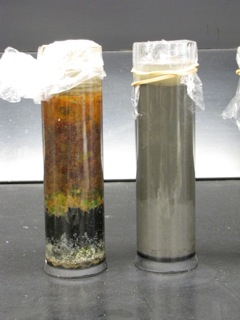 layer and anoxic sub-surface layers. Winogradsky columns have been used extensively to demonstrate microbial nutrient cycling and metabolic diversity in undergraduate microbiology labs. In this study, we used high-throughput 16s rRNA gene sequencing to investigate the microbial diversity of Winogradsky columns. Specifically, we tested the impact of sediment source, supplemental cellulose source, and depth within the column, on microbial community structure. We found that the Winogradsky columns were highly diverse communities but are dominated by three phyla: Proteobacteria, Bacteroidetes, and Firmicutes. The community is structured by a founding population dependent on the source of sediment used to prepare the columns and is differentiated by depth within the column. Numerous biomarkers were identified distinguishing sample depth, including Cyanobacteria, Alphaproteobacteria, and Betaproteobacteria as biomarkers of the soil-water interface, and Clostridia as a biomarker of the deepest depth. Supplemental cellulose source impacted community structure but less strongly than depth and sediment source. In columns dominated by Firmicutes, the family Peptococcaceae was the most abundant sulfate reducer, while in columns abundant in Proteobacteria, several Deltaproteobacteria families, including Desulfobacteraceae, were found, showing that different taxonomic groups carry out sulfur cycling in different columns. This study brings this historical method for enrichment culture of chemolithotrophs and other soil bacteria into the modern era of microbiology and demonstrates the potential of the Winogradsky column as a model system for investigating the effect of environmental variables on soil microbial communities.
layer and anoxic sub-surface layers. Winogradsky columns have been used extensively to demonstrate microbial nutrient cycling and metabolic diversity in undergraduate microbiology labs. In this study, we used high-throughput 16s rRNA gene sequencing to investigate the microbial diversity of Winogradsky columns. Specifically, we tested the impact of sediment source, supplemental cellulose source, and depth within the column, on microbial community structure. We found that the Winogradsky columns were highly diverse communities but are dominated by three phyla: Proteobacteria, Bacteroidetes, and Firmicutes. The community is structured by a founding population dependent on the source of sediment used to prepare the columns and is differentiated by depth within the column. Numerous biomarkers were identified distinguishing sample depth, including Cyanobacteria, Alphaproteobacteria, and Betaproteobacteria as biomarkers of the soil-water interface, and Clostridia as a biomarker of the deepest depth. Supplemental cellulose source impacted community structure but less strongly than depth and sediment source. In columns dominated by Firmicutes, the family Peptococcaceae was the most abundant sulfate reducer, while in columns abundant in Proteobacteria, several Deltaproteobacteria families, including Desulfobacteraceae, were found, showing that different taxonomic groups carry out sulfur cycling in different columns. This study brings this historical method for enrichment culture of chemolithotrophs and other soil bacteria into the modern era of microbiology and demonstrates the potential of the Winogradsky column as a model system for investigating the effect of environmental variables on soil microbial communities.